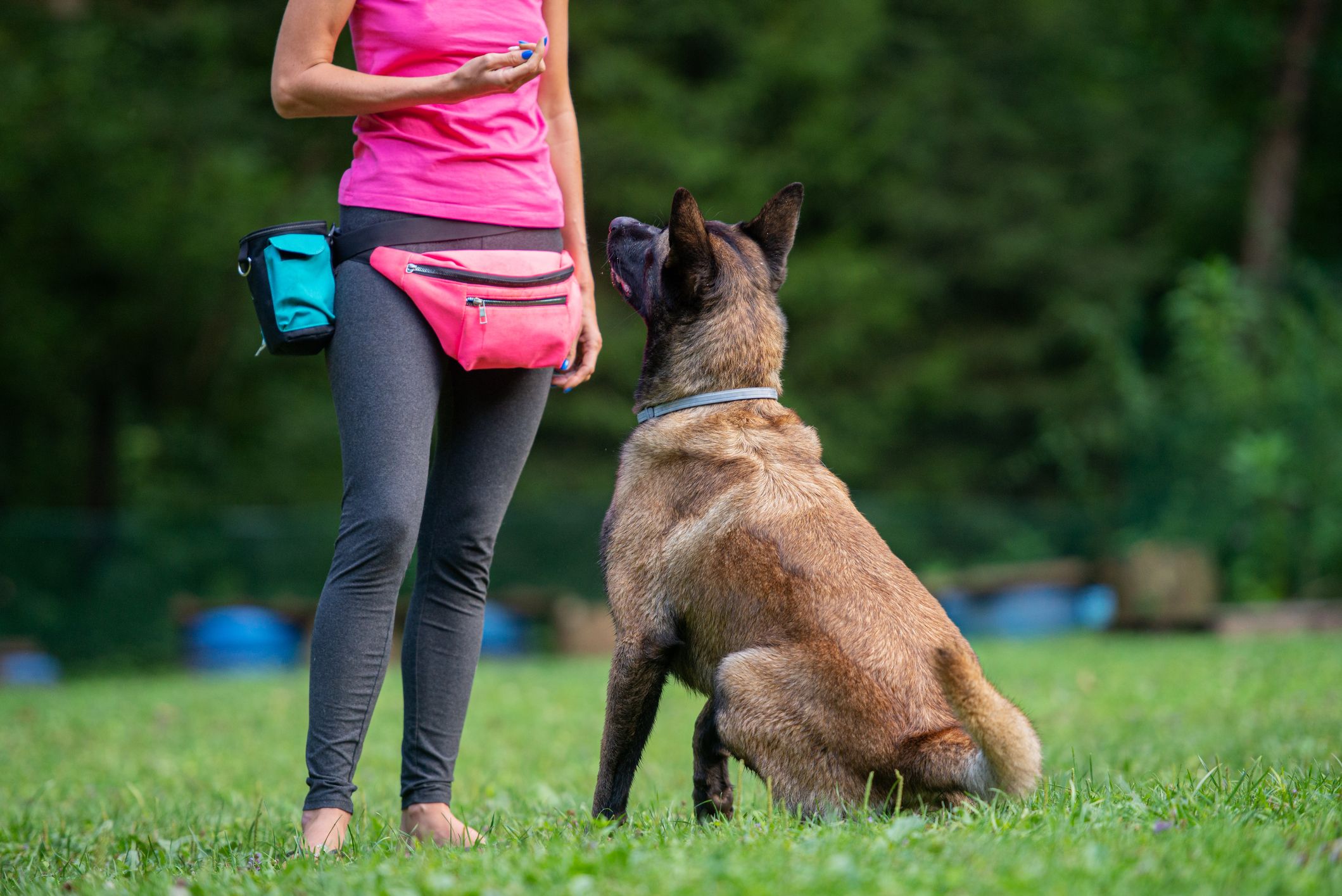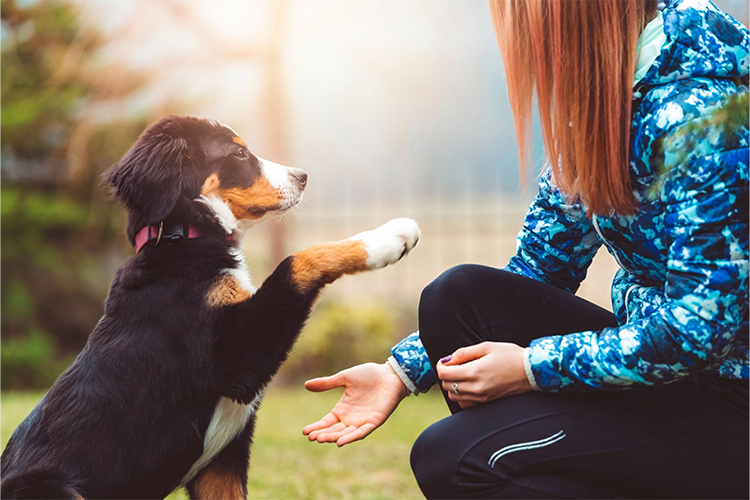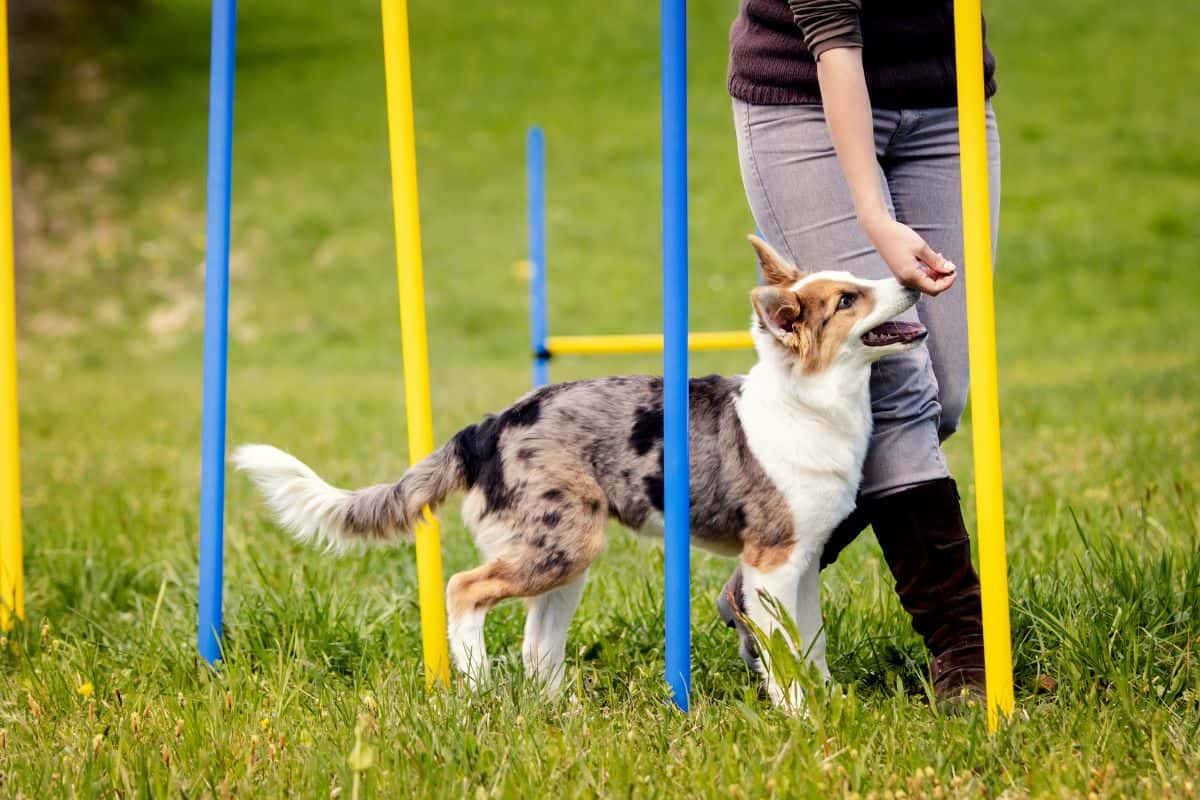Essential Techniques for Effective Dog Training You Need to Know
Essential Techniques for Effective Dog Training You Need to Know
Blog Article
Important Tips for Effective Dog Training: An Overview for Family Pet Owners
Effective canine training is a multifaceted procedure that calls for a strategic strategy customized to both the pet dog's temperament and the owner's purposes. Understanding how to browse these challenges can substantially improve the training experience, eventually changing the connection between owner and pet dog.
Comprehending Dog Actions
Comprehending canine behavior is crucial for efficient training and cultivating a harmonious connection between dogs and their proprietors. Dogs connect largely via body language, articulations, and actions, making it essential for owners to analyze these signals properly. Recognizing a pet dog's posture, tail position, and ear alignment can give insights right into its emotion. A wagging tail does not always indicate happiness; it can likewise indicate enjoyment or anxiousness.

Socialization plays a significant role in dog behavior; direct exposure to numerous environments, people, and various other pets can dramatically influence a dog's personality. Additionally, aspects such as type attributes and private temperament should lead training techniques, as some breeds may have details behavior qualities that necessitate customized strategies. By recognizing these aspects, owners can develop a helpful setting that motivates favorable habits, leading to effective training outcomes and a much deeper bond with their animals.
Developing Consistent Commands
Reliable communication with your pet dog begins with developing consistent commands. This fundamental element of training is critical for promoting understanding in between you and your animal. Uniformity in the commands you use makes certain that your canine can accurately associate specific words or phrases with the preferred actions.
When choosing commands, pick clear, distinct words that are simple to set apart and say from each other. Stay clear of using similar-sounding commands that may perplex your dog. Making use of "rest" and "stay" is proper, but "sit" and "struck" might lead to misconceptions.
Furthermore, maintain the very same tone and volume for every command. Dogs are sensitive to vocal cues, so varying your tone can produce complication.
It is just as crucial to make certain that all member of the family get on the same page relating to the commands made use of. A united front in command use will certainly protect against mixed signals and reinforce the knowing process.
Positive Support Strategies
The power of favorable reinforcement in pet dog training hinges on its capacity to encourage desired behaviors with incentives and praise. This method is grounded in the concept that behaviors followed by beneficial results are most likely to be repeated. By incorporating favorable reinforcement into your training program, you can effectively form your canine's actions in a constructive fashion.
To carry out positive reinforcement, it's important to determine what inspires your canine, whether it be treats, playthings, or verbal praise. When your dog does a preferred activity, such as sitting on command, right away award them with a look at this web-site reward or love. This organization between the command and the positive end result enhances their understanding.
It's critical to timing the incentives appropriately; providing the reinforcement within seconds of the wanted behavior helps your dog make the link (dog training). Additionally, uniformity is crucial-- make sure that all member of the family utilize the very same commands and incentive systems to avoid complication

Gradually, you can decrease the frequency of treats as your pet dog learns the behavior, transitioning to applaud or periodic incentives. This approach not only promotes a solid bond in between you and your pet yet likewise advertises a favorable knowing environment, making educating a satisfying experience for both.
Socialization and Interaction
Continually subjecting your canine to a variety of settings, people, and various other pets is crucial for their social advancement. Socialization needs to begin early, ideally throughout the important home window of 3 to 14 weeks, when puppies are most receptive to brand-new experiences. However, older pet dogs can additionally take advantage of recurring socializing efforts.
Present your canine to different setups, such as parks, pet-friendly shops, and urban areas. This direct exposure helps them adapt to different stimulations, decreasing stress and anxiety and anxiety actions. Urge positive communications with various other canines and people, making certain that these encounters are regulated and risk-free to cultivate confidence.
Utilize organized playdates go to my blog with genteel pets, as this can improve your dog's social skills and educate them suitable behavior. Obedience courses and training sessions also offer outstanding opportunities for socializing, permitting your pet to engage with others in a supervised environment.
Display your dog's body language during interactions, as this will help you determine their comfort degree. Slowly enhance exposure to more challenging situations while guaranteeing that each experience declares. A well-socialized dog is most likely to display well balanced habits, making them a joy to have in any setting.
Attending To Common Training Difficulties
Every pet proprietor will certainly come across training difficulties at some point, despite their pet dog's age or socializing degree. Recognizing common problems such as stubbornness, disturbances, and fearfulness can assist in developing reliable methods for renovation.

Gradually present distractions as the canine becomes more competent in commands. Short, regular training sessions are also effective in keeping focus.
Fearfulness can impede a pet's knowing procedure. Progressive desensitization to the resource of worry, coupled with favorable support, can aid ease stress and anxiety. Perseverance is crucial; never force a pet right into a scenario that causes distress, as this might intensify the concern.
Eventually, understanding and attending to these common difficulties with an organized technique will certainly cultivate a much more productive training experience, strengthening the bond in between dog and proprietor while advertising effective learning.
Verdict
In summary, effective canine training relies upon a detailed understanding of canine actions, the establishment of regular commands, and the application of positive support methods. Socialization plays a critical role in establishing well-adjusted family pets, while dealing with common training obstacles calls for patience and adaptability. By carrying out these vital techniques, animal proprietors can promote a strong bond with their pet dogs and advertise preferable actions, ultimately resulting in a harmonious partnership in between human beings and their canine buddies.
Comprehending dog actions is important for efficient training and promoting an unified partnership between pooches and their proprietors.Socialization plays a considerable duty in pet dog actions; exposure to numerous settings, individuals, and other animals can significantly impact a pet's temperament.The power of favorable reinforcement in pet dog training exists in its capability to urge desired behaviors through rewards and praise. By integrating positive support right into your training program, you can successfully shape your dog's behavior in a constructive fashion.
In summary, effective dog training depends on a comprehensive understanding of canine behavior, the facility of regular commands, and the application of favorable reinforcement methods.
Report this page